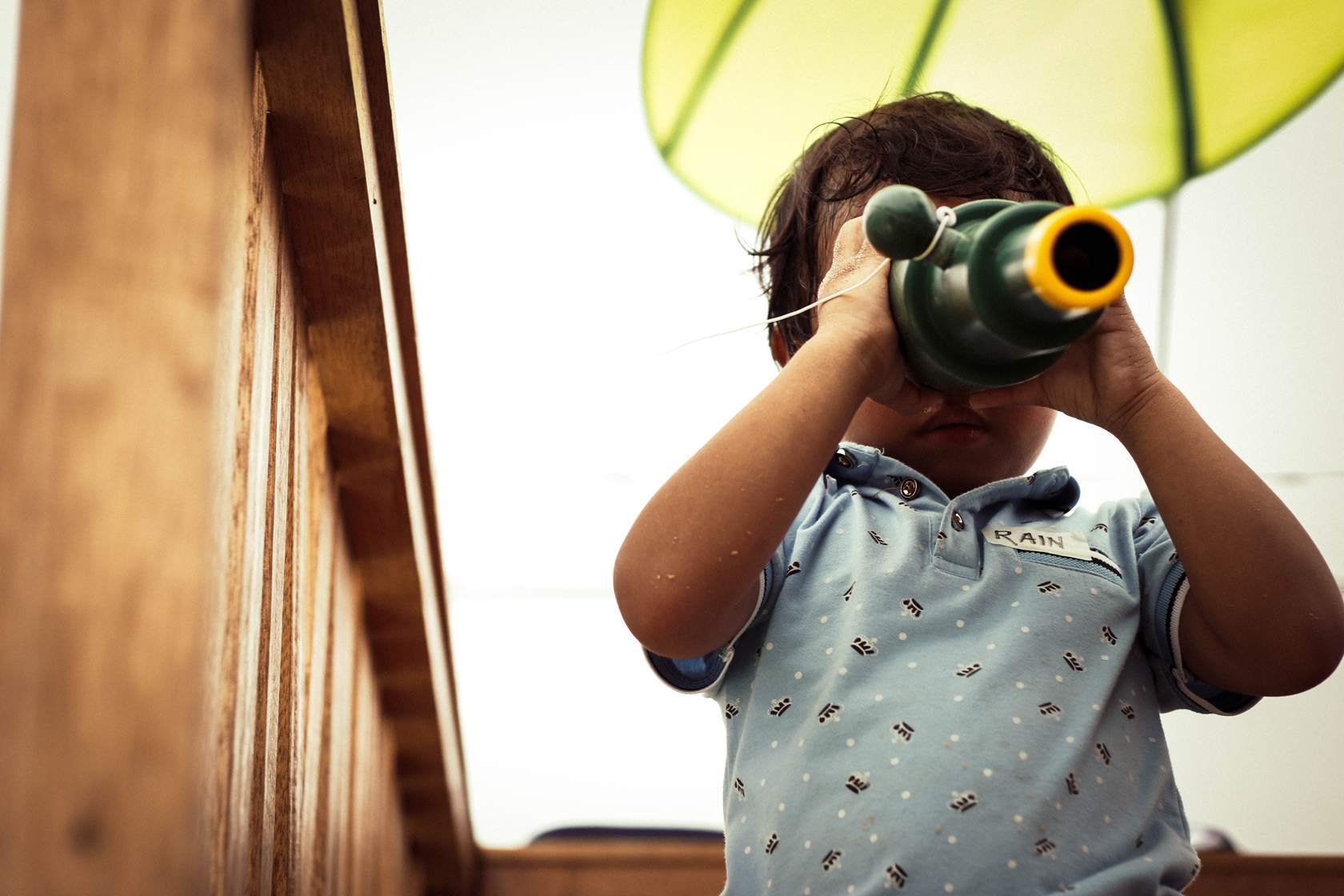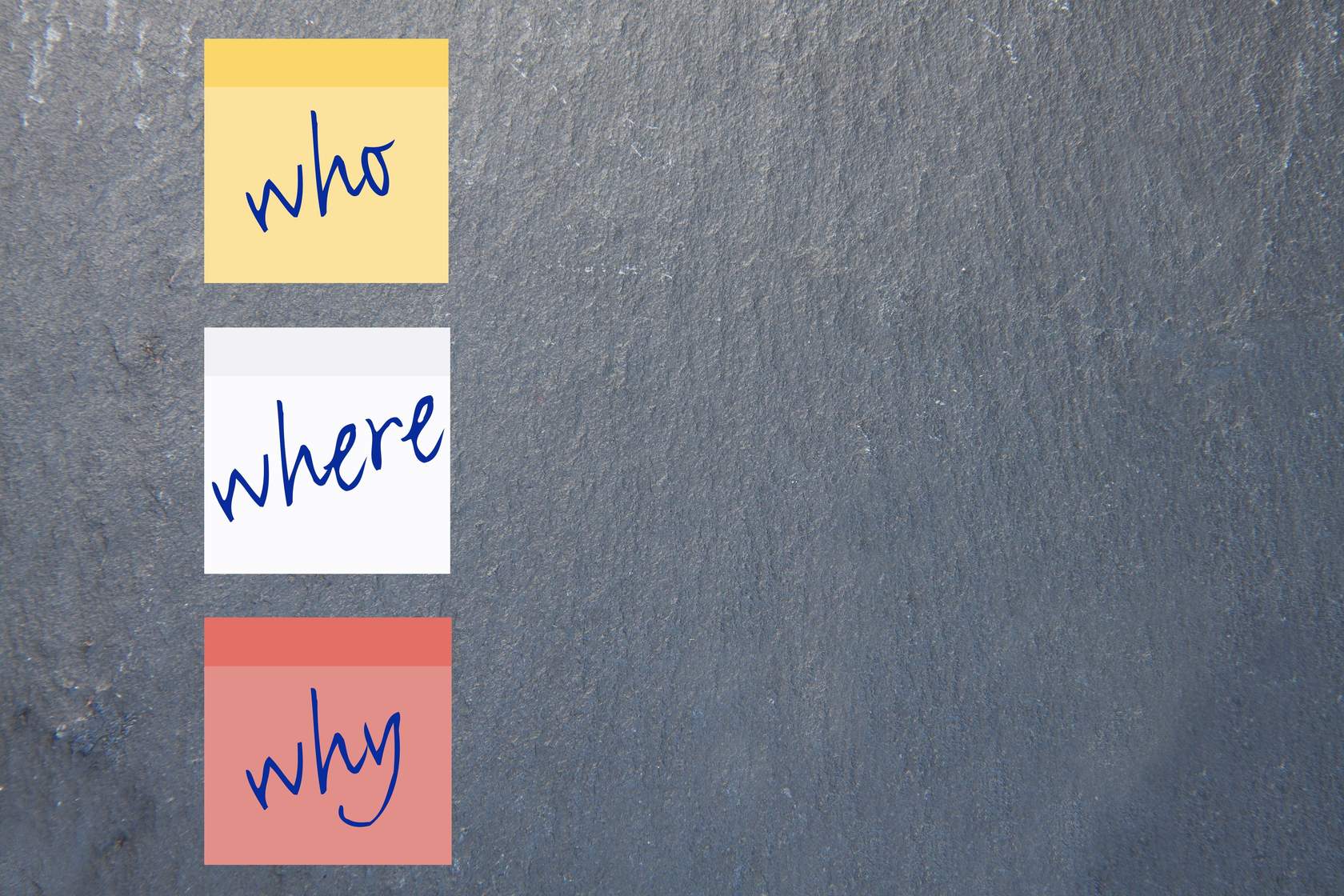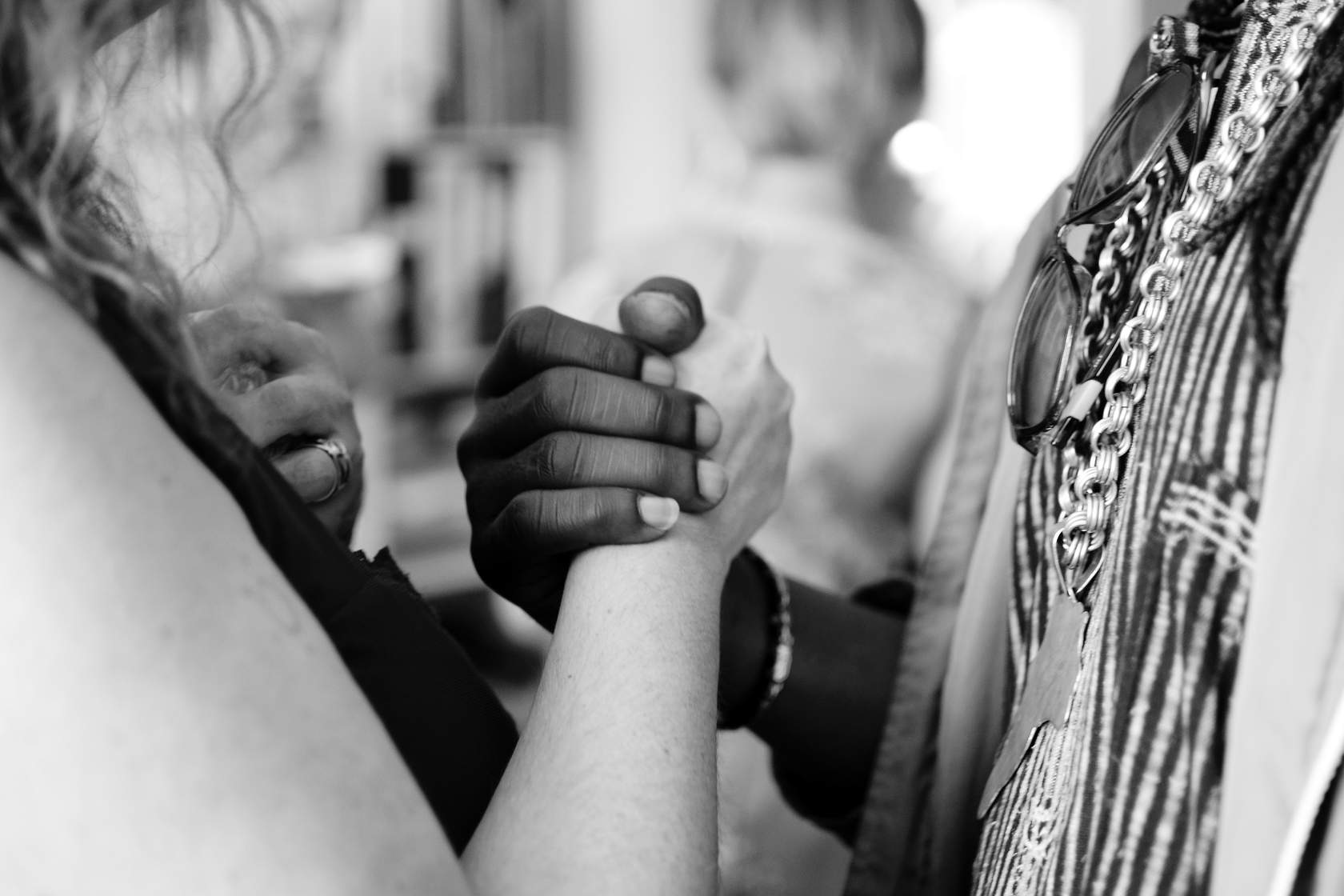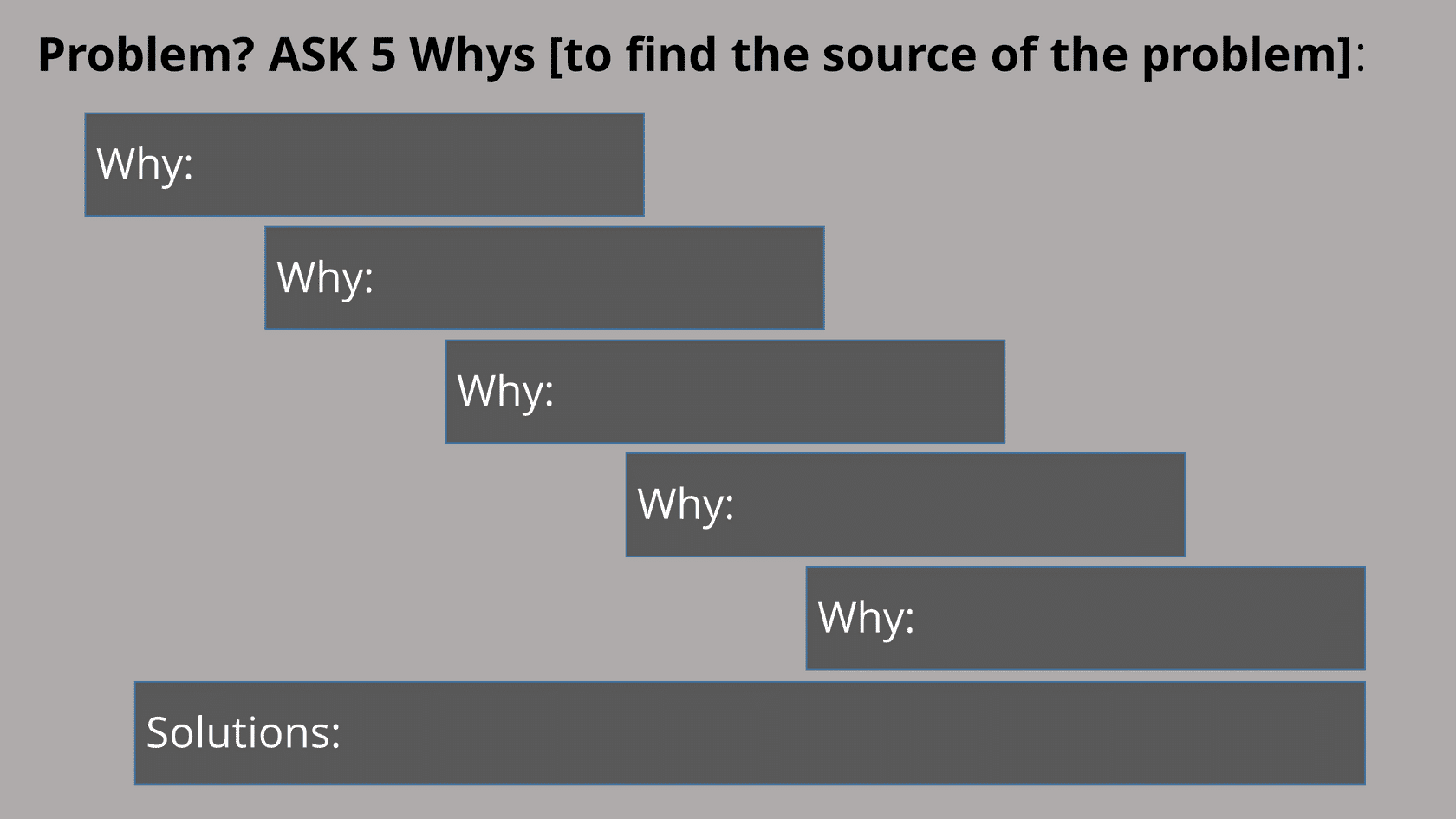3 Curiosity and good thinking.[1]

Curiosity links to many beneficial outcomes, including our sense of well-being, our social connections, our ability to be empathic and also even to our health.
What is curiosity? We like this straight-forward definition: “curiosity is the desire to know.”1
Curiosity links to many beneficial outcomes, including our sense of well-being, our social connections, our ability to be empathic and also even to our health.
What is curiosity? We like this straight-forward definition: “curiosity is the desire to know.”1
Questions are one way we express and satisfy our curiosity. Kids ask lots of questions. This is how they express their curiosity as they grow and develop. Adults for many reasons ask significantly fewer questions. Well-thought out and meaningful questions honour the person or group to whom you are asking and open discourse and further pathways to knowledge and skills.


Being empathic and demonstrating empathy allows us build stronger social and professional relationships because we understand others better. This allows us to develop our own knowledge and skills and it also helps to make us better listeners. Thoughtful curiosity takes time and effort. When we encounter a new idea, concept or process we need to consider and evaluate it. The act of accommodating it requires energy if we decide to include it in our overall thinking set.
We will consciously or unconsciously test it against other relevant and related ideas, concepts and processes. Often this encourages us to naturally ‘dig deeper’ and we grow and develop in our overall capabilities.
We are also often more productive when we are curious. We notice things, we seek to understand the ‘why’ and we look for patterns. In the Army, where noticing what is going on around you is essential and a significant part of your training, curiosity is a fundamental requirement.
James Clear has many strong insights backed by strong research. As well as his claim about decisions and emotion that you recently read, he makes this pithy statement:
Being curious is better than being smart.
James Clear2
Clear believes that curiosity leads to action and outcomes.
Curiosity can be fun to many people. Flow seems intense and effortful. Flow fosters creativity in many ways. Together they often allow for serious, work-related objectives, a deep focus on a challenges and issues and an ability to see things differently.
Activity
Here is a technique that has been used as a questioning process in innovation circles. It has been adapted here for you to learn more about how to apply it and how to focus on your approaches to curiosity.
We call this ‘serious play’:
The term serious play3, 4 can mean ‘situations in which people engage in playful behaviours deliberately with the intention to achieve serious, work-related objectives’. There are many learning activities that we can refer to as serious play which can help learners overcome some of the challenges in learning environments and build in additional creative thinking.
Now, apply the ‘serious play’ concept to a 5 Whys activity.5
The 5 Whys process comes from Mr. Toyoda, the founder of Toyota Motors. This was his approach: when a problem occurs, ask ‘why’ five times to try to find the source of the problem. Next, figure out something that stops the problem from happening again.
The 5 Whys method is viewed as ‘the basis of Toyota’s scientific approach . . . by repeating why five times, the nature of the problem as well as its solution becomes clear.’
Action: Think of something in your barracks or in the field that is a recurring problem. It might be an equipment issue, a process issue or something in your team that regularly goes off track. Write a description of the problem on a flash card or a Post-it note. Hold that thought!
Now we are going to add another process that we call mirroring. You will perform this serious play exercise by yourself in front of a mirror. The psychological process of interrogating and checking yourself is complex. For now, trust us!
Action: Stand in front of the mirror. Stand askew. Fix your eyes carefully on yourself. Read the problem carefully, slowly and with meaning. Pause.
Action: Ask yourself the first Why. Look carefully into eyes. Answer the Why.
Action: Either respond Why. Or you can rephrase the question slightly to include your response, and then ask yourself, Why again. Respond and repeat until you have completed the 5 Whys.

Reflection activity
Firstly, once you overcome the discomfort of interrogating yourself this is a powerful way to practice using 5 Whys. You also get to see yourself as the asker of the Why and understand how to effectively as the Why. You also get to the tools to solve a problem.
Keep practising and then try this approach with others. It will help you with your reasoning and logic as well as helping you to diagnose situations and problems.
References
- Schutte, N. S., & Malouff, J. M. (2020). Connections between curiosity, flow and creativity. Personality and Individual Differences, 152. https://doi.org/10.1016/j.paid.2019.109555
- Clear, J. (2018). Atomic Habits: Tiny Changes, Remarkable Results. Penguin Random House. p. 261
- Rieber, L. P., Smith, L., & Noah, D. (1998). The value of serious play. Educational Technology, 38(6), 29-37.
- Statler, M., Heracleous, L., & Jacobs, C. D. (2011). Serious Play as a Practice of Paradox. The Journal of Applied Behavioral Science, 47(2), 236-256. https://doi.org/10.1177/0021886311398453
- 5 Whys. https://www.tuzzit.com/en/creator/sakichi_toyoda
Curiosity and good thinking.[1]
Curiosity links to many beneficial outcomes, including our sense of well-being, our social connections, our ability to be empathic and also even to our health.
What is curiosity? We like this straight-forward definition: curiosity is the desire to know.4
Questions are one way we express and satisfy our curiosity. Kids ask lots of questions and this is a way to that expresses their curiosity as they grow and develop. Adults for many reasons ask significantly fewer questions. Well-thought out and meaningful questions honour the person or group to whom you are asking and open discourse and further pathways to knowledge and skills.
Being empathic and demonstrating empathy allows us build stronger social and professional relationships because we understand others better. This allows us to develop our own knowledge and skills and it also helps to make us better listeners. Thoughtful curiosity takes time and effort. When we encounter a new idea, concept or process we need to consider and evaluate it. The act of accommodating it requires energy if we decide to include it in our overall thinking set.
We will consciously or unconsciously test it against other relevant and related ideas, concepts and processes. Often this encourages us to naturally ‘dig deeper’ and we grow and develop in our overall capabilities.
We are also often more productive when we are curious. We notice things, we seek to understand the ‘why’ and we look for patterns. In the Army, where noticing what is going on around you is essential and a significant part of your training, curiosity is a fundamental requirement.
Curiosity is a fundamental piece of the art of good thinking. If we don’t question, we don’t think!
James Clear has many strong insights backed by strong research. As well as his claim about decisions and emotion that you recently read, he makes this pithy statement:
Being curious is better than being smart.5
Clear believes that curiosity leads to action and outcomes. Another research study makes the connection between curiosity, flow and creativity. Flow is a state where a person is engaged in intense concentration and absorption.6
Curiosity can be fun to many people. Flow seems intense and effortful. Flow fosters creativity in many ways. Together they often allow for serious, work-related objectives, a deep focus on a challenges and issues and an ability to see things differently.
Activity:
Here is a technique that has been used as a questioning process in innovation circles. It has been adapted here for you to learn more about how to apply it and how to focus on your approaches to curiosity.
Let’s make up a name for this ‘serious play’ activity.
The term serious play7 can mean ‘situations in which people engage in playful behaviors deliberately with the intention to achieve serious, work-related objectives’. There are many learning activities that we can refer as serious play which can help learners overcome some of the challenges in learning environments and build in additional creative thinking.
You get to ‘serious play’ the 5 WHYS.8
The 5 WHYS process some from Mr. Toyoda, the founder of Toyota Motors. This was his approach: when a problem occurs, ask ‘why’ five times to try to find the source of the problem. Next, figure out something that stops the problem from happening again.
The 5 Whys method is viewed as ‘the basis of Toyota’s scientific approach . . . by repeating why five times, the nature of the problem as well as its solution becomes clear.’
Insert template in Assets 5 whys
1] Miller, J. (2020). Using Questions to Foster Critical Thinking and Curiosity. LinkedIn. Retrieved 18/07/2020 from https://www.linkedin.com/learning/using-questions-to-foster-critical-thinking-and-curiosity/benefits-of-being-curious?pathUrn=urn%3Ali%3AlyndaLearningPath%3A5eb1df9e498ed2de2f659673&u=57080313
Action: Think of something in your barracks or in the field that is a recurring problem. It might be an equipment issue, a process issue or something in your team that regularly goes off track. Write a description of the problem on a flash card or a Post-it note. Hold that thought!
Now we are going to add another process that we call mirroring. You will perform this serious play exercise by yourself in front of a mirror. The psychological process of interrogating and checking yourself is complex. For now, trust us!
Action: Stand in front of the mirror. Stand askew. Fix your eyes carefully on yourself. Read the problem carefully, slowly and with meaning. Pause.
Action: Ask yourself the first WHY. Look carefully into eyes. Answer the WHY.
Action: Either respond WHY. Or you can rephrase the question slightly to include your response, and then ask yourself, WHY, again! Respond and repeat until you have completed the 5 WHYS.
Reflection.
Firstly, once you overcome the discomfort of interrogating yourself this is a powerful way to practice using 5 WHYS. You also get to see yourself as the asker of the WHY and understand how to effectively as the WHYS. You also get to the tools to solve a problem.
Keep practicing and then try this approach with others. It will help you with your reasoning and logic as well as helping you to diagnose situations and problems.


